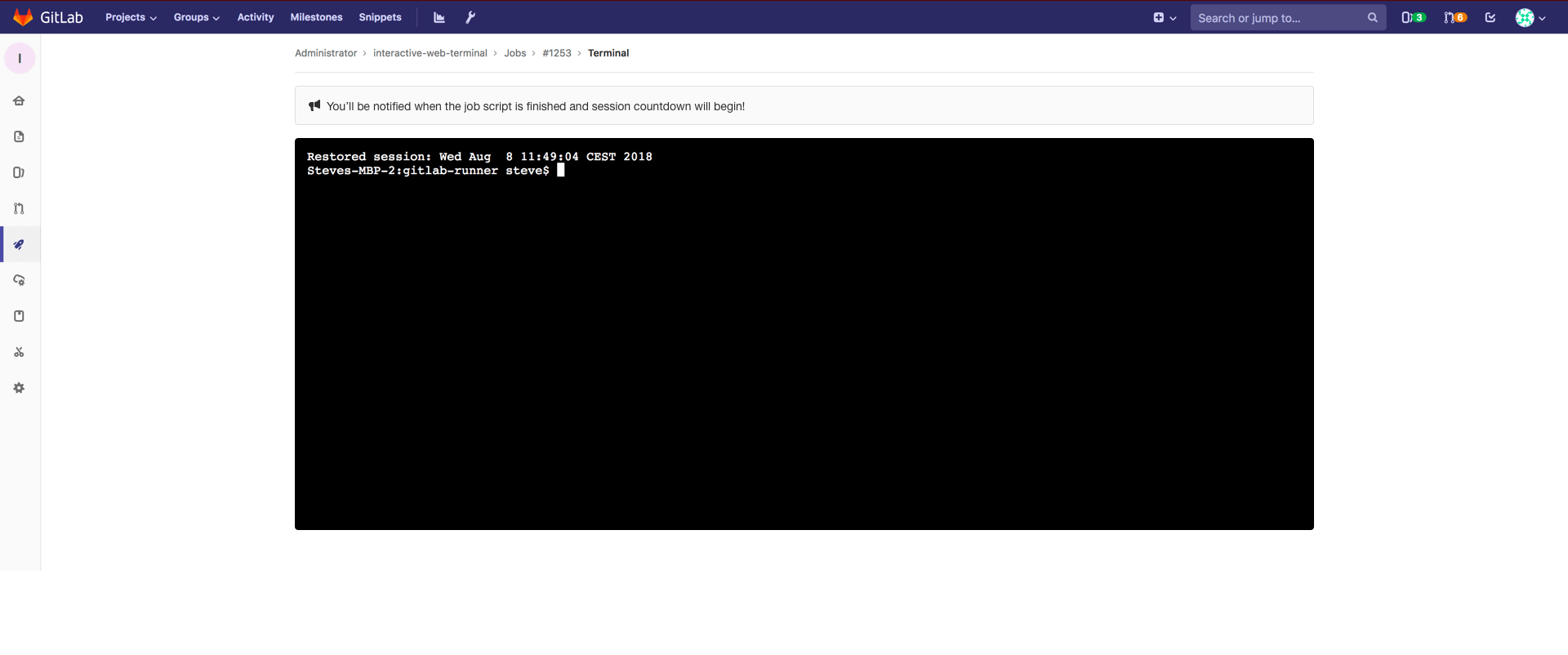

I have to maintain the application and the infrastructure on which it runs. That decision typically comes with a convenience cost, and that cost takes two forms: Form Whether for these reasons, or requirements like compliance, some teams choose to host their own tools. I also have more discretion over the security model. I can control the version, the features, and the data. However, running a self-managed application still has advantages. I am not responsible for server maintenance, scaling, or uptime. This could result in loss of context and delays in addressing problems.SaaS applications make things easy.

Continuous Verification capability integrates with several monitoring tools and applies machine learning to detect anamolies and automate rollback of deployment.Ability to customize and templatize pipelines and pipeline steps.Easy to use UI, Visual display of pipeines and pipeline progress.Strong continuous integration product with features normally found in all CI products.Harness provides a good user interface to perform most Continuous Integration tasks and also connects with various SCM and CI tools. Harness' stregth is more in the newer microservices based architectures. The basic value prop for Harness is that it abstracts away some of the complexity involved in deploying both traditional applications and in microservices based applications. Harness.io is a Continuous Integration product that is available both as SaaS and on-premises deployment (Connected On-Premises & Disconnected On-Premises).


 0 kommentar(er)
0 kommentar(er)
